
China
11:56, 10-Sep-2017
The Big Picture: Wedding, Tajik-style Part I
By Han Bin, Huang Xiaodong
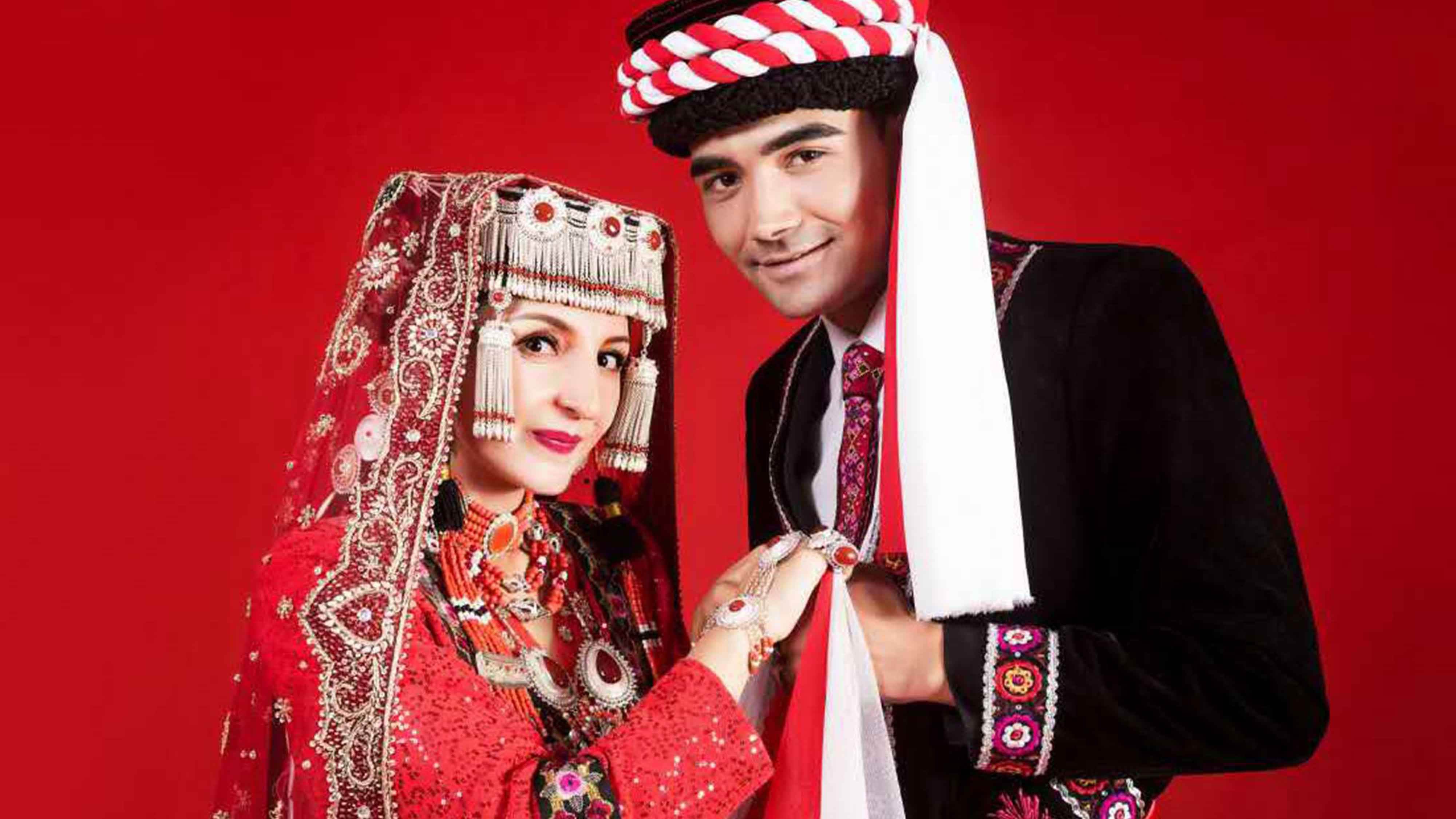
Culture is the source of identity through which people make sense of their place in the world. With globalization and increasing mobility, ethnic cultures are facing unprecedented challenges to survive. Many are trying to integrate with modern society while seeking to preserve their own identity, just like the traditional wedding cultures of the Tajiks in Xinjiang.
CGTN reporters went to Tashkurgan, the Tajik Autonomous County in Xinjiang Uygur Autonomous Region, to document the unique Tajik wedding tradition.

Bride, Zibaguli Dake / CGTN Photo
Bride, Zibaguli Dake / CGTN Photo
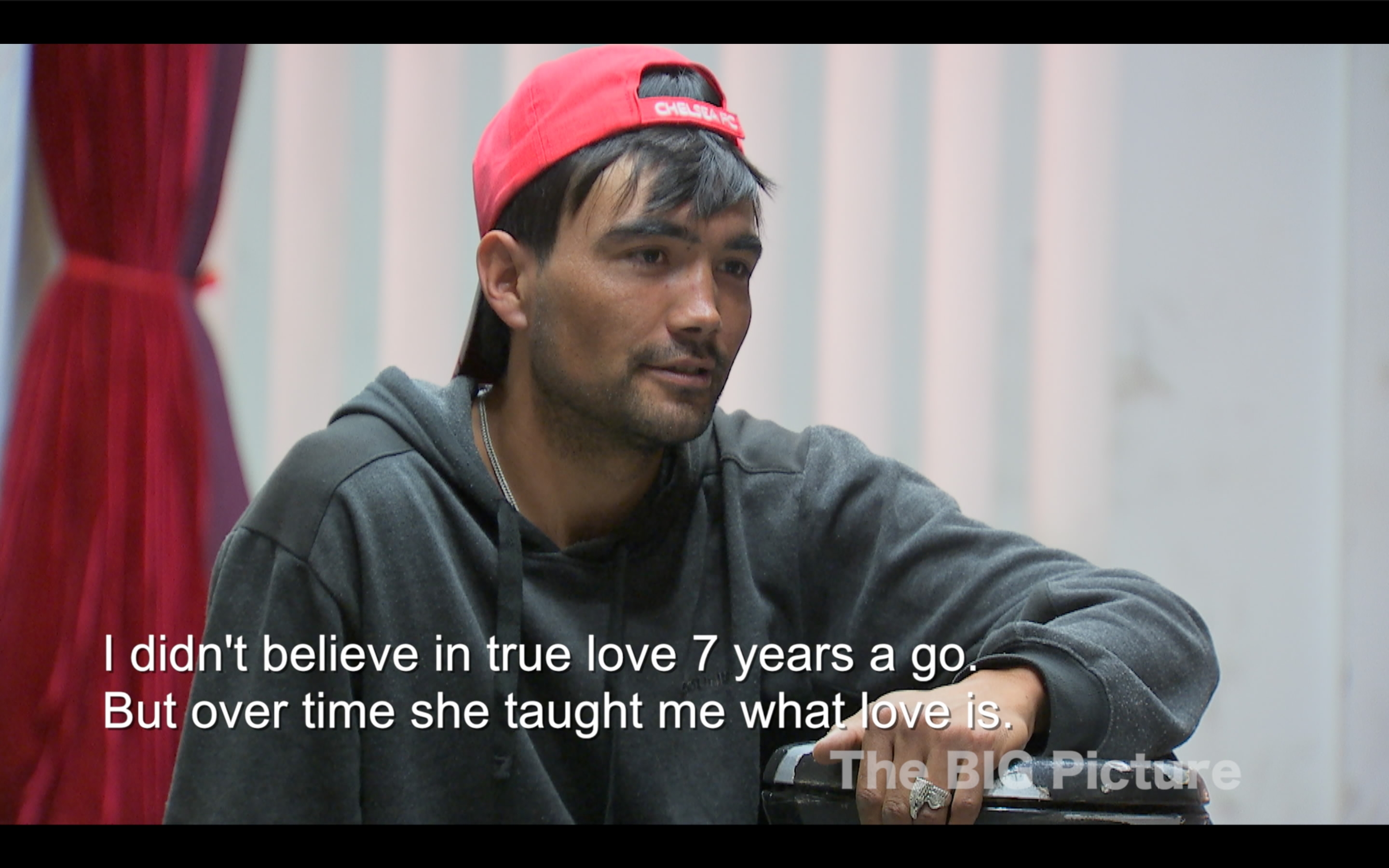
Groom, Xiadibike Amirjiang /CGTN Photo
Groom, Xiadibike Amirjiang /CGTN Photo
Weddings are a big holiday among the Tajiks here in Xinjiang. In Tashkurgan, the ceremony makes an important statement.
The bride, Zibaguli Dake works at the local village committee. The groom, Xiadibike Amirjiang, is a dancer at the Tashkurgan Art Troupe.
Traditionally, both bride and groom need to stay at home at least 3 days before the wedding. But both Zibaguil and Xiadibike have to work ahead of their big day.
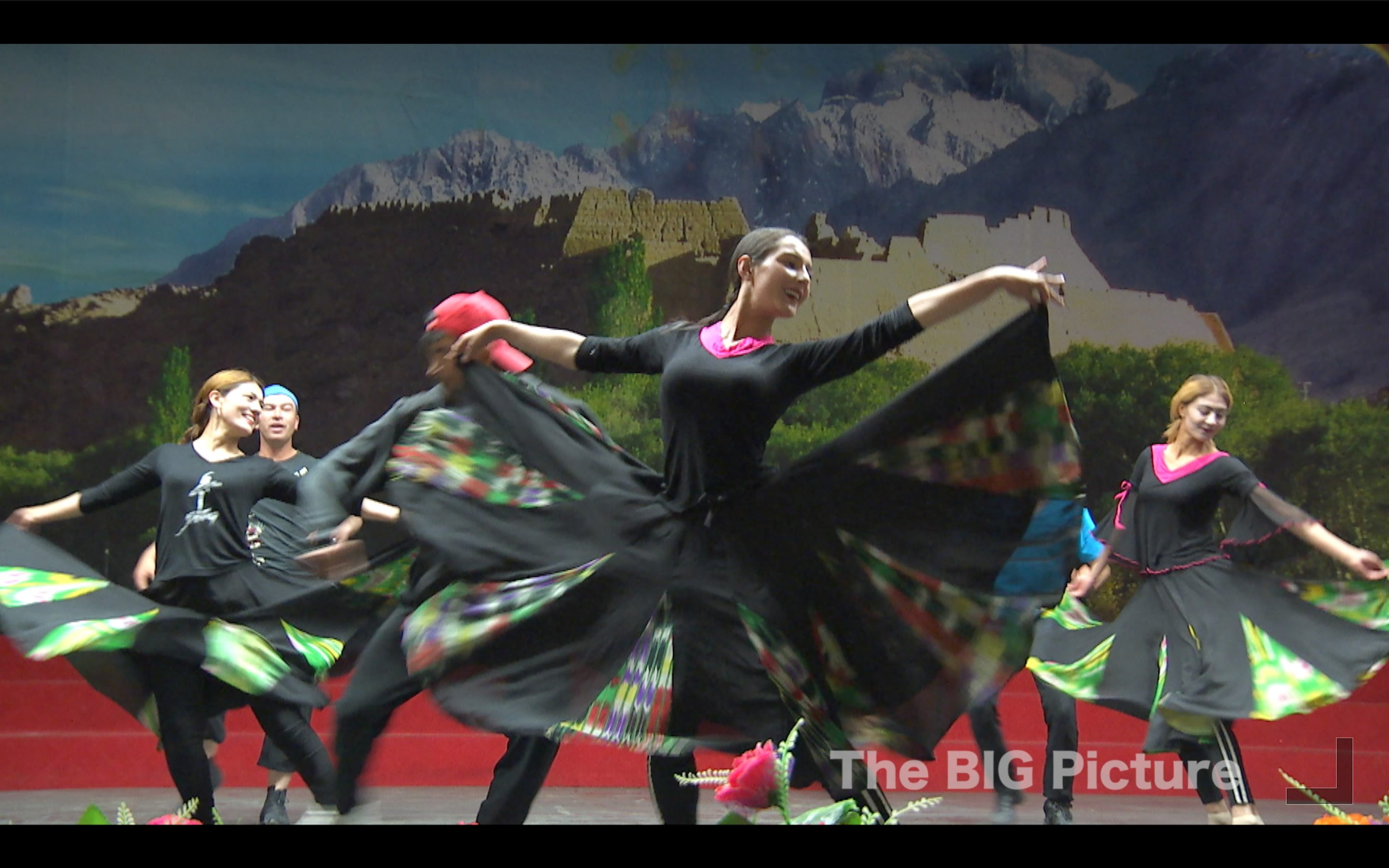
Xiadibike Amirjiang and his colleagues rehearse the Eagle Dance at Tashkurgan Art Troupe, a day before his wedding. The eagle has a special place in the folklore of the Tajik ethnic group. /CGTN Photo
Xiadibike Amirjiang and his colleagues rehearse the Eagle Dance at Tashkurgan Art Troupe, a day before his wedding. The eagle has a special place in the folklore of the Tajik ethnic group. /CGTN Photo
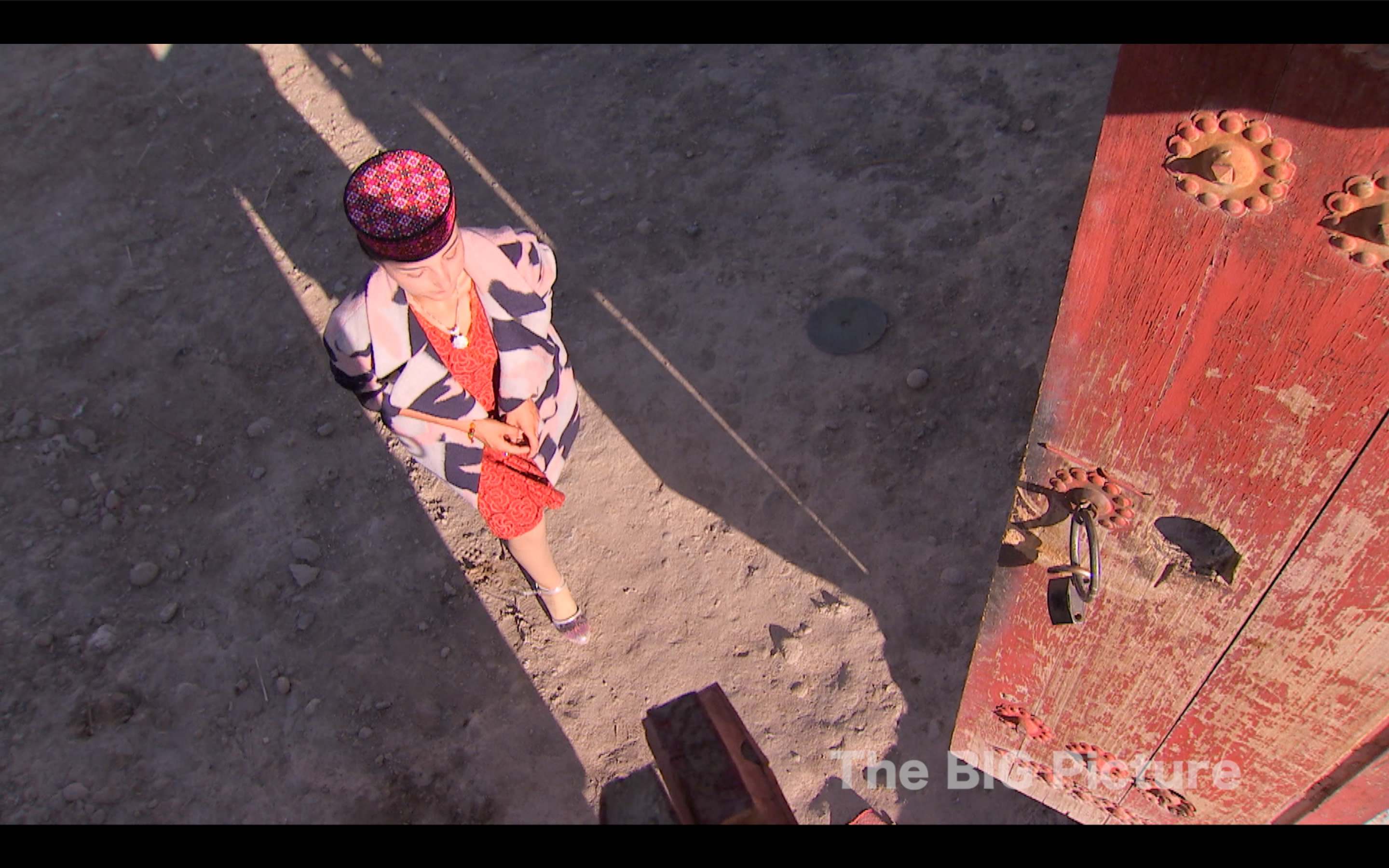
Zibaguli Dake goes to see her villagers who have some difficulties in life, one day before her wedding. /CGTN Photo
Zibaguli Dake goes to see her villagers who have some difficulties in life, one day before her wedding. /CGTN Photo
They have already gotten legally married, but the real wedding celebration starts afterward. That means the new couple would undertake a series of traditional rituals before they actually get together.
Their marriage is different from the ones their grandparents had. In their days, couples could only marry who their parents recommended. The wedding day celebrations lasted for over a week.

Zibaguli’s grandmother’s mother, 96-year old Tilahan. Her marriage had been arranged by parents. /CGTN Photo
Zibaguli’s grandmother’s mother, 96-year old Tilahan. Her marriage had been arranged by parents. /CGTN Photo
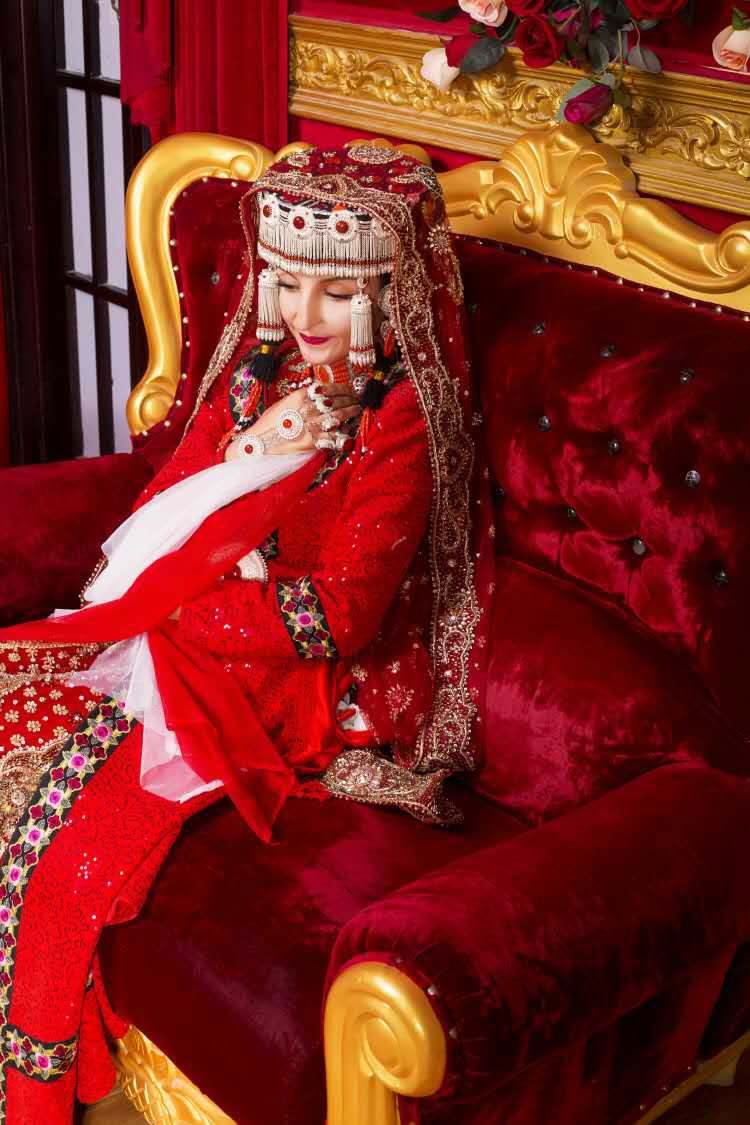
Red is an auspicious color for Tajik wedding. /CGTN Photo
Red is an auspicious color for Tajik wedding. /CGTN Photo
But today, young people are lucky enough to have love in their marriage. They now have to maintain a balance between work and marriage. Some traditional customs still follow the older rules.
“We went to college, then worked a few years. Late marriage reflects progress in society,” said the bride Zibaguli Dake.
“The older generation doesn’t like these changes. But we think they will understand in the end,” said the groom Xiadibike Amirjiang.
Tajiks of Xinjiang in China
The Tajik people are one of the 56 official ethnic groups in China that primarily reside in Xinjiang. They have their own Autonomous County – Tashkurgan. This is near the borders of Tajikistan, Pakistan, and Afghanistan. Their nomadic population of about 40,000 is majority Muslim. Most Tajiks in Xinjiang speak the Sarikoli language.
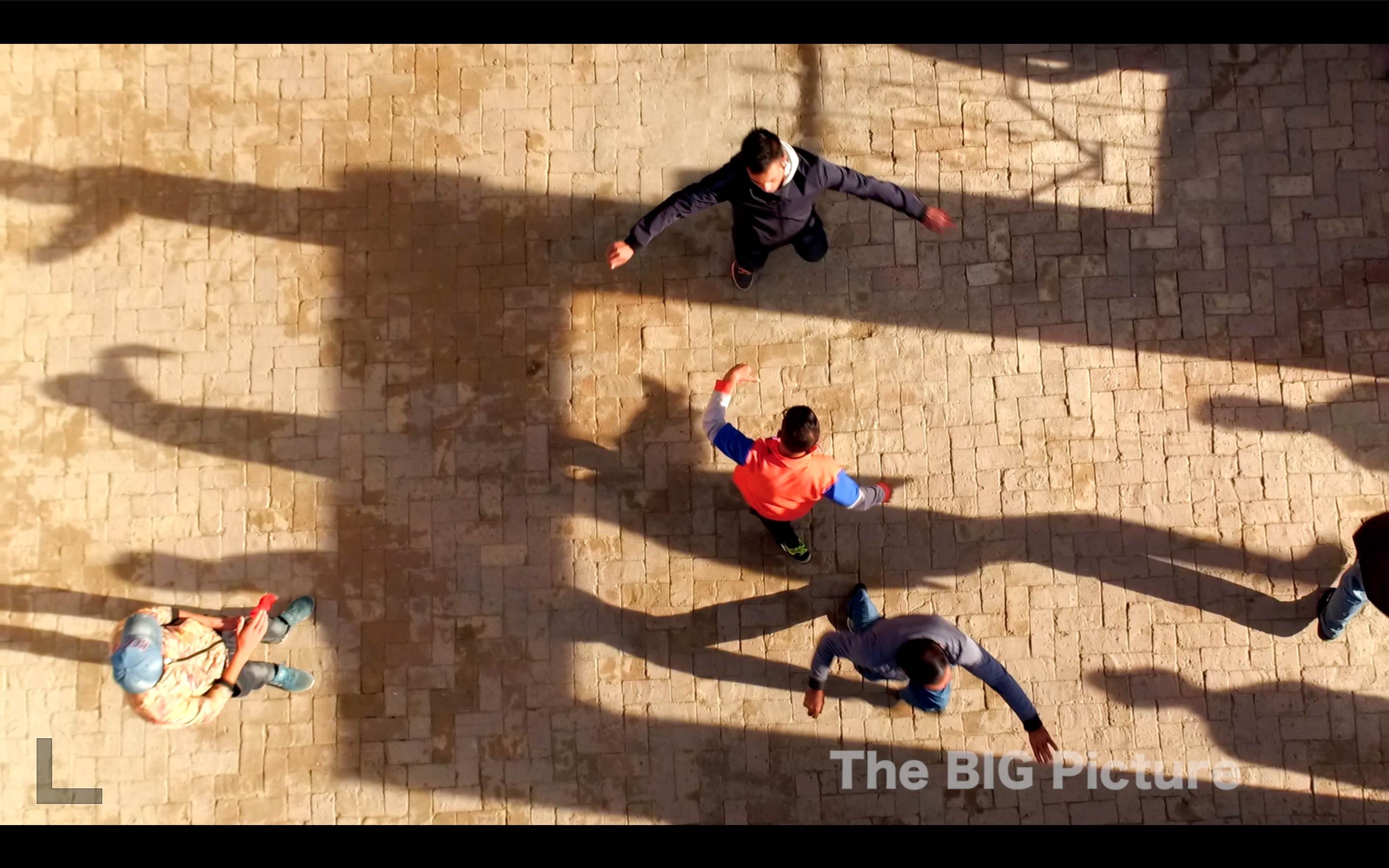
The whole wedding ceremony is filled with singing and dancing. /CGTN Photo
The whole wedding ceremony is filled with singing and dancing. /CGTN Photo
What will Zibaguli and Xiadibike’s wedding be like? Please follow Wedding, Tajik-style, Part II and Part III.
3592km

SITEMAP
Copyright © 2018 CGTN. Beijing ICP prepared NO.16065310-3
Copyright © 2018 CGTN. Beijing ICP prepared NO.16065310-3